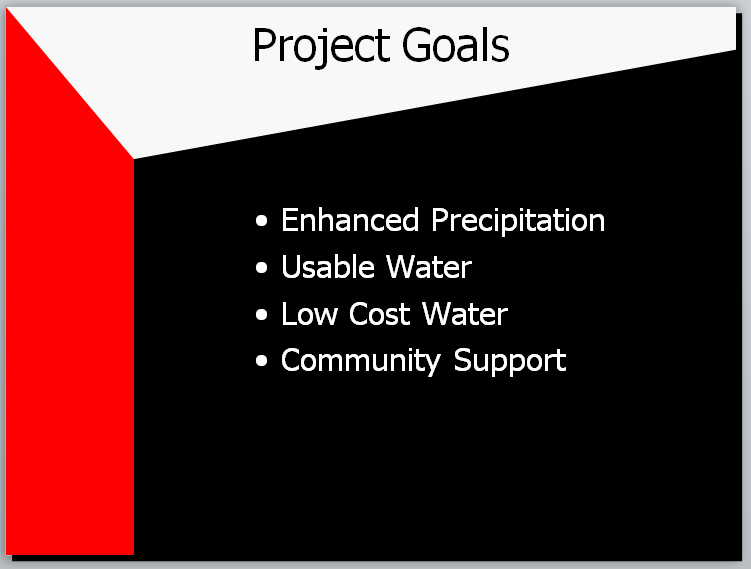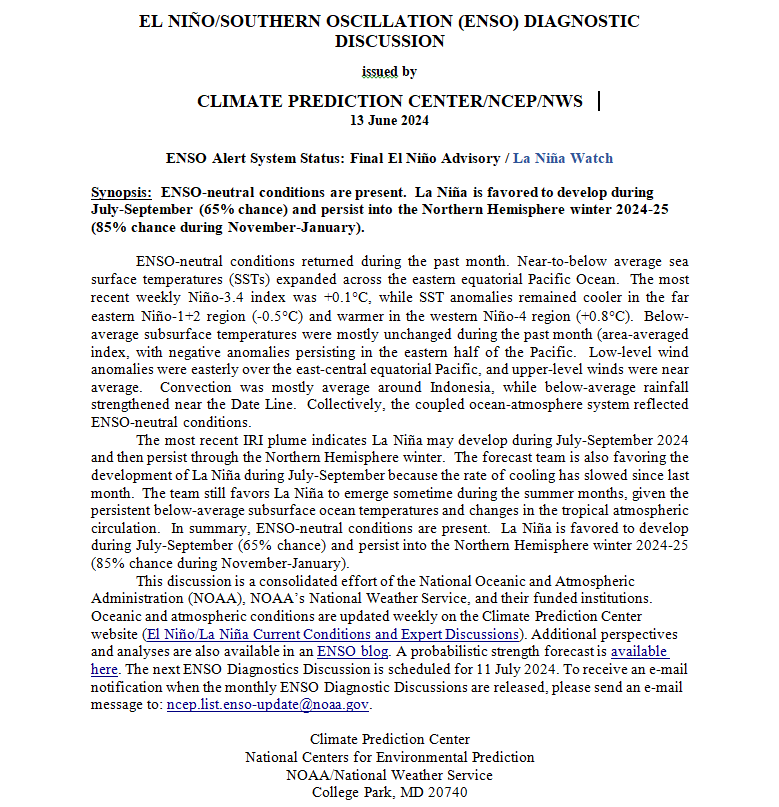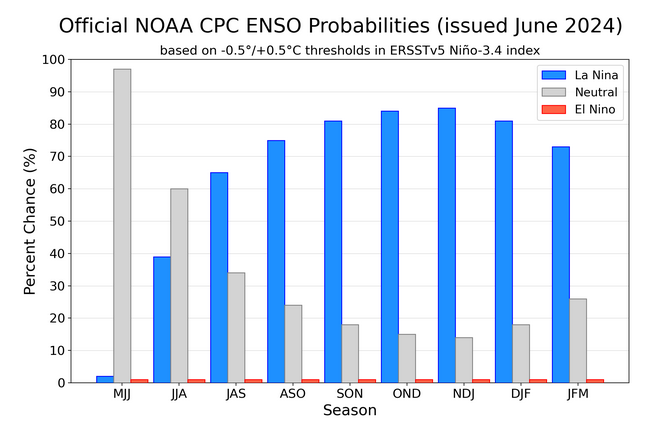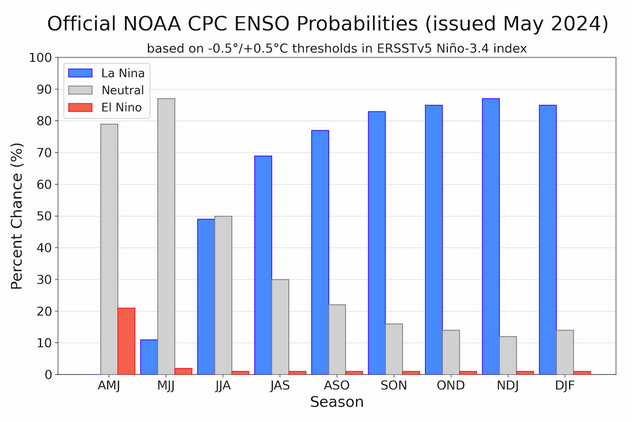Today Through the Fourth Friday (22 to 28 days) Weather Outlook for the U.S. and a Six-Day Forecast for the World: posted June 16, 2024
This article focuses on what we are paying attention to in the next 48 to 72 hours. The article also includes weather maps for longer-term U.S. outlooks and a six-day World weather outlook which can be very useful for travelers.
First the NWS Short Range Forecast. The afternoon NWS text update can be found here after about 4 p.m. New York time but it is unlikely to have changed very much from the morning update. The images in this article automatically update.
Short Range Forecast Discussion
NWS Weather Prediction Center College Park MD
Sun Jun 16 2024
Valid 12Z Sun Jun 16 2024 – 12Z Tue Jun 18 2024…Multiple rounds of heavy rain and severe thunderstorms are expected to
impact locations from the northern Plains to the upper Midwest for the
next couple of days……Late-season wet snow is forecast for the northern Rockies Monday and
Tuesday……A heat wave will quickly spread from the Plains today, into the Great
Lakes/Upper Ohio Valley on Monday, and into the Northeast on Tuesday……A plume of tropical moisture will bring an increasing threat of heavy
rain and flash flooding to the central Gulf Coast late Sunday into Monday,
shifting toward the western Gulf Coast by Tuesday…As a high pressure system brings fair weather and a fresh dose of cooler
than normal temperatures into the Northeast and Mid-Atlantic this weekend,
a heat wave is emerging across the Midwest into the Ohio Valley ahead of a
complex low pressure system developing over the northern Plains. A
thunderstorm complex containing severe weather is in progress early this
morning in association with the intensifying low pressure complex. The
thunderstorms will quickly move northeast into southern Canada today but
additional jet stream energy moving across the northern Rockies will help
develop a new low pressure system over the central Plains later today.
This system will rapidly develop and expand the next round of showers and
thunderstorms across the northern Plains tonight, and heading into the
upper Midwest on Monday. Severe thunderstorms with heavy downpours can be
expected to accompany this round of inclement over the upper Midwest after
the latest round of moderate to heavy rain and strong thunderstorms in the
same area early this morning diminishes and moves east into the upper
Great Lakes.By Tuesday, yet another upper trough with an energetic jet stream will
move quickly into the Pacific Northwest. This system will usher a dose of
even colder air through the Pacific Northwest and northern Rockies, where
a round of late-season wet snow is expected to persist over the
higher-elevations of the northern Rockies Monday into Tuesday. A Winter
Storm Watch is in effect for these higher-elevations. In addition, Freeze
and Frost Warnings are in effect over portions of the interior Pacific
Northwest. This energetic system will also bring quite a bit of wind
across the Great Basin and the northern Rockies on Monday, reaching into
the central Rockies and northern Plains by Tuesday morning. As the low
pressure center over the central High Plains intensifies and heads
northeast across the northern Plains, a renewed round of heavy rain and
severe thunderstorms will likely develop and impact the same general
region of upper Midwest across north-central Minnesota by Tuesday morning,
where a moderate risk of flash flooding is anticipated.In stark contrast to the cool/cold, windy, and even snowy weather across
the Northwest, a heat wave is quickly emerging ahead of the low pressure
complex from the central Plains, upper Midwest, and into the Ohio Valley.
The heat will surge into the Northeast by Tuesday where high temperatures
well up into the 90s are forecast as far north as Vermont and New
Hampshire.Farther south from Central America across southern Florida and through the
western Atlantic, a plume of tropical moisture lurking across these areas
will shift westward into the Gulf of Mexico and begin to head toward the
central Gulf Coast region late Sunday into Monday. Showers and embedded
thunderstorms associated with this moisture plume are expected to bring an
increasing threat of heavy rain first along the central Gulf Coast region
during the next couple of days, with a gradual westward shift in the heavy
rainfall axis toward the western Gulf Coast by Tuesday. Meanwhile, the
National Hurricane Center continues to monitor the potential for a
tropical cyclone to form over the southwestern Gulf of Mexico through the
next few days. It appears that east to northeasterly winds will gradually
strengthen especially along the western Gulf Coast region by Tuesday
morning as pressure gradually falls in the Gulf of Mexico.





 >
>

